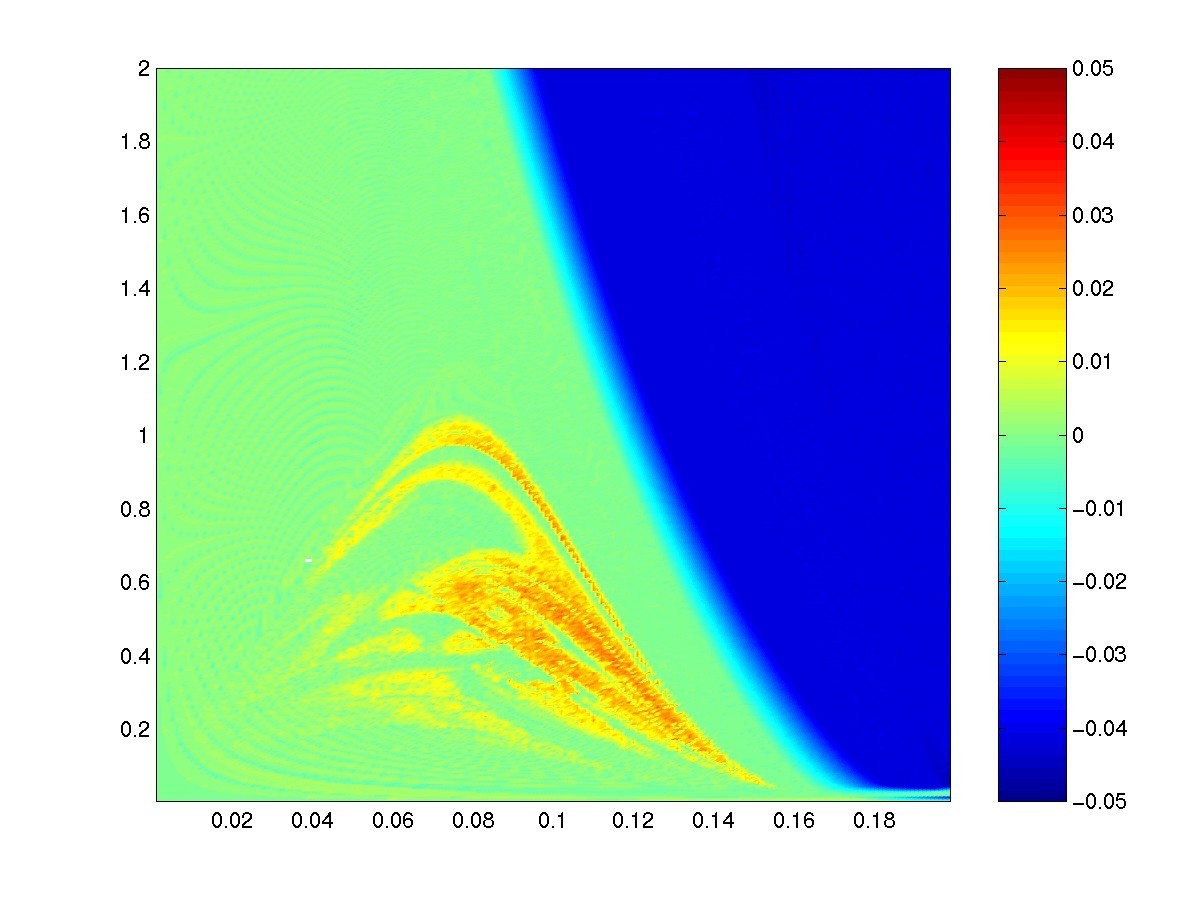|
|
|
|
|
|
Friction
|
Friction is an old and a modern problem. It was already identified by egyptians who pulled large stones on wetted sand; it is still nowadays a major concern in all industrial processes. The first quantitative studies were performed by Leonardo da Vinci, followed two centuries later by Amontons, Euler and Coulomb. They studied friction between pieces of wood or metal. Modern studies focus either on friction between rocks, or between atomic scale lubricated interfaces. Friction and complexity.
Our interest for friction has two major leads.
Rate-and-state laws for boundary lubrication.
Stick-slip is a problem of choice to study how atomic-scale collective dynamics
can lead to an instability of macroscopic motion.
Motivated by phenomenological approaches to rock friction, we have introduced
rate-and-state laws to model experiments on boundary
lubrication. A state variable is introduced, to account for
the internal state of an atomic-scale layer of
material shear between two plates. Simple mean-field like dynamical
equations present a Hopf bifurcation, that account for the
transition from steady sliding
to stick-slip motion when the driving velocity is lowered.
Constitutive equations for sheared materials. Our current interest in this subject is triggered by recent work on constitutive equations for sheared materials. This work is originally based on the shear transformation zone theory, introduced by Michael Falk and James Langer to account for the elasto-plastic transition in the deformation of an amorphous solid. The introduction of free-volume dynamics leads to constitutive equations for dense, glassy materials, that present a stick-slip instability at low velocity. Stick-slip motion thus appears as a rheological instability of the sheared layer of material in a glassy state; for hard-sphere systems, the internal state variable characterizing the sheared layer of material is identified as free-volume. Rheological chaos and the transition to stick-slip. In this framework, it was possible to perform a careful study of the type of macroscopic dynamics as a function of experimental parameters: the driving velocity, and the stiffness of the experimental apparatus. In this parameter space, a zone of positive Lyapunov exponent indicates the existence of rheological chaos as a secondary instability develops after the Hopf bifurcation. Questions? E-mail Ana�l Lemaitre |
